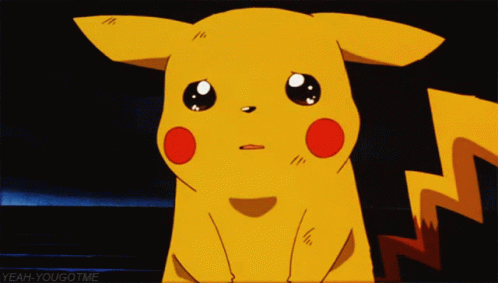How the Pacific Rim creatures were made
Oscar-winning animator Hal Hickel of Industrial Light and Magic reveals the thinking behind the character design in Guillermo del Toro's monster movie.
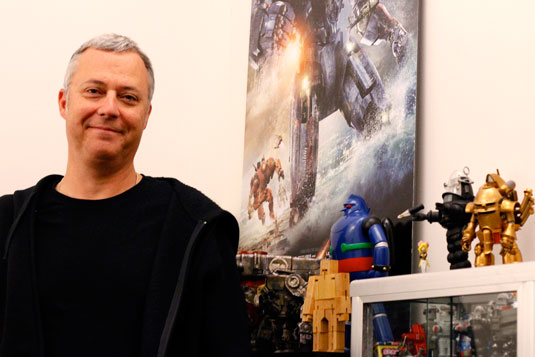
If you've been living under a rock for the past few months and have never heard of Pacific Rim, let us fill you in. Director Guillermo del Toro's latest offering tells the tale of war between humankind and monstrous sea creatures. In a desperate attempt to save the world from hideous amphibious creatures and the apocalypse, humans turn to special weapons in the form of big, badass robots.
Here, Oscar-winning animator Hal Hickel, of award-winning VFX company Industrial Light and Magic, explains how the epic Pacific Rim creatures were brought to life...
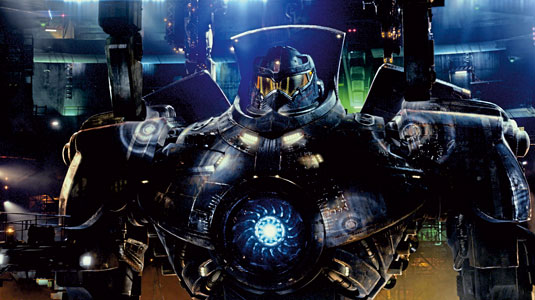
"Director Guillermo del Toro had a dream team of artists, including world-renowned sci-fi and fantasy artist Wayne Barlowe and ILM visual effects art director TyRuben Ellingson, that got to work early on the designs of the Pacific Rim creatures.
"He has a house in LA that's separate from the one he and his family live in, called Bleak House. It's a kind of man cave that houses his collection of art and memorabilia from films and horror movies.
"He set up an area in it for his art team to get started in and one of our first jobs was to translate the two-dimensional drawings created here into the 3D world.
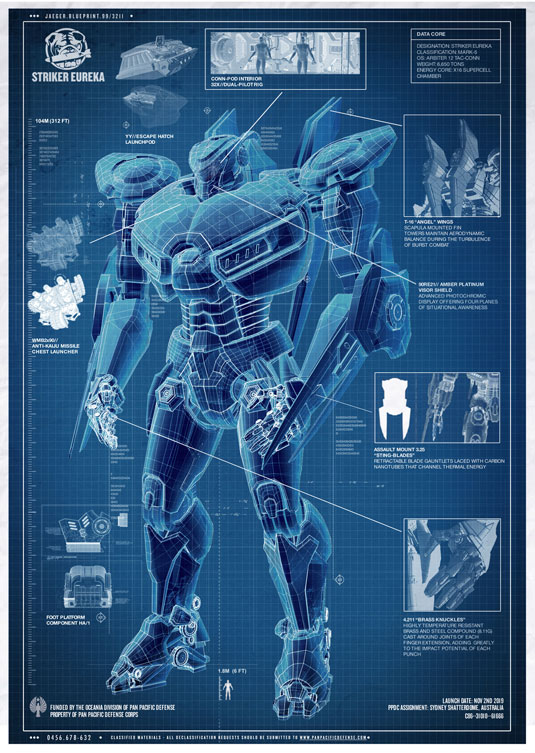
"Our lives were made easier with some top notch maquettes of all the major Kaju (amphibious creatures) and Jaegars (humanoid war machines) Guillermo had commissioned Spectural Motion to make.
"But we still had the huge task of figuring out how all the pieces fit together and how they would function, because even with a sculpted maquette you can kind of cheat things and make it look cool - and you don’t need to worry about it moving.
Daily design news, reviews, how-tos and more, as picked by the editors.
"So, while the overall vibes of the designs and the general proportions were dialled in before we got involved, there was still a ton of work to do by our ILM art director, Alex Jaegar.
Our lives were made easier with some top notch maquettes created by Spectural Motion
"The trick with hard metal creations, like robots or mechs, or the Iron Man suit in the first Iron Man, is figuring out how the shoulders are going to work, as there is a lot of degree of freedom elbows aren't so hard as they move in one degree, what we call a hinge joint, but the shoulder is a ball and socket and so can move in different directions.
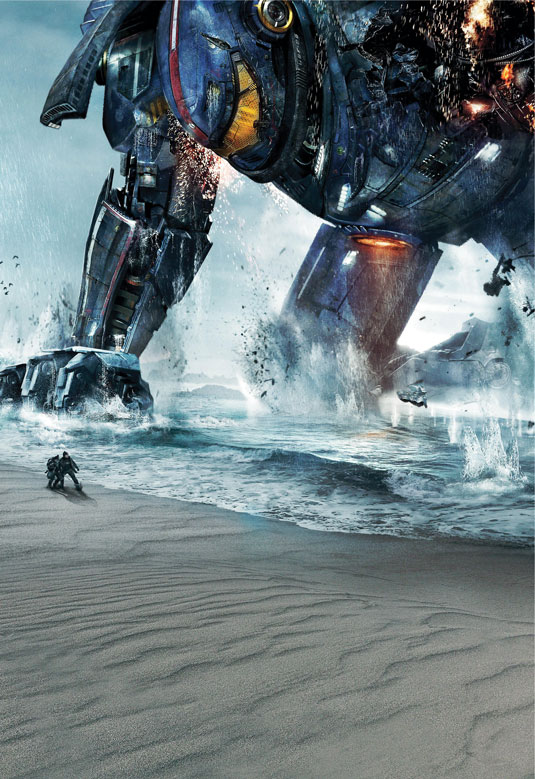
"We put a lot of time into the characters Gipsy Danger and Striker Eureka, because they have the most screen time and the most actions. We focused on how the shoulders and hips would work and how all the mechanisms would fit together.
"Along the way we'd adjust proportions and other things, along with Guillermo's input, and we'd then start to move them and see what they looked like in various poses.
We focused on how all the mechanisms would fit together
"Once we'd built them in the computer, we were able to start animating them and figuring out things like whether arms needed to be longer or see if the legs looked a little stumpy on a given lens and from a certain angle. There were tons of decisions like this that had to be made.
"We spent months working on Gipsy to get him right. We put a lot of detail into the model, but carefully planned where it was needed and when. We'd look ahead at a sequence and would dress the amount of detail accordingly. We spent our time wisely!"
To find out what went wrong in the making of the mechs and ILM's solutions, pick up a copy of 3D World and read the full interview
Liked this? Read these!
- ZBrush tutorials: ways to paint and sculpt in 3D
- Top free 3D models
- Best 3D movies of 2013

The Creative Bloq team is made up of a group of art and design enthusiasts, and has changed and evolved since Creative Bloq began back in 2012. The current website team consists of eight full-time members of staff: Editor Georgia Coggan, Deputy Editor Rosie Hilder, Ecommerce Editor Beren Neale, Senior News Editor Daniel Piper, Editor, Digital Art and 3D Ian Dean, Tech Reviews Editor Erlingur Einarsson, Ecommerce Writer Beth Nicholls and Staff Writer Natalie Fear, as well as a roster of freelancers from around the world. The ImagineFX magazine team also pitch in, ensuring that content from leading digital art publication ImagineFX is represented on Creative Bloq.
